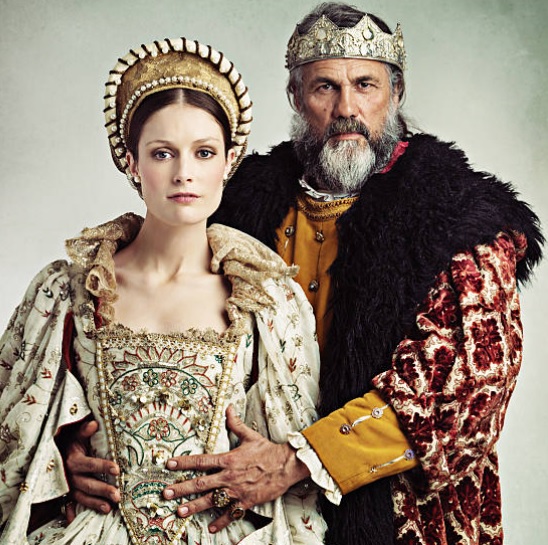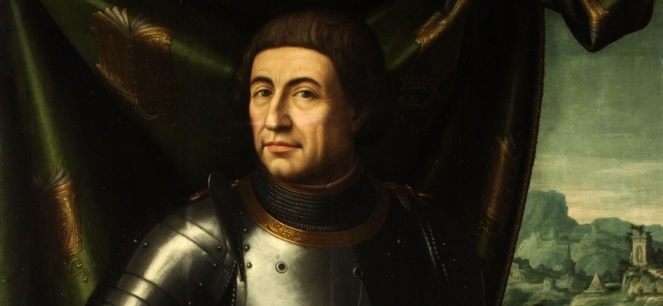In medieval Europe, the practice of royal polygamy, or having multiple wives or concubines, was not uncommon. Many medieval kings, especially those in the Middle East and Asia, had large harems of concubines in addition to their legal wives.
However, the practice of having concubines was not universally accepted in medieval Europe, and it varied depending on the time and place.
Reasons for kings taking concubines
One of the main reasons that medieval kings took concubines was to produce illegitimate offspring. In many societies, inheritance laws favored male heirs, and kings sometimes took concubines in order to produce additional male heirs to ensure the continuation of their dynasties.
This was especially true in societies where the practice of primogeniture, or passing the throne to the oldest son, was not followed. In these societies, kings often took multiple wives and concubines in order to produce as many male heirs as possible.
In addition to producing male heirs, kings also took concubines for other reasons. Some kings took concubines as a way to demonstrate their wealth and power, and concubines were often seen as a symbol of the king’s status. In some societies, kings kept their concubines in elaborate harems and lavished them with gifts and privileges.
However, the practice of having concubines was not universally accepted, and it faced opposition from the Church and from broader society in many parts of Europe.
The Church’s opposition to concubines
While the practice of having concubines was not uncommon in medieval Europe, it was not always accepted by the Church or by the broader society. In medieval Europe, the Church strongly condemned polygamy and the use of concubines, and many kings faced criticism and opposition for taking multiple wives or concubines.
The Church believed that marriage should be monogamous and that kings should serve as an example for their subjects in this regard.

As a result, many kings faced significant backlash and legal challenges when they attempted to take multiple wives or concubines. This was especially true for kings who were seen as defying the authority of the Church. For example, King Henry VIII of England faced significant backlash and legal challenges when he attempted to take multiple wives and concubines, and his actions eventually led to a break with the Catholic Church and the establishment of the Church of England.
Kings who did not have concubines
As we already mentioned – in some societies, the practice of having concubines was seen as distasteful or immoral, and kings who took concubines faced criticism and opposition from their subjects. This was especially true in societies where the Church’s influence was strong.
Here are a few examples of medieval kings who did not have concubines:
- King Edward III of England: King Edward III was known to be a devoted husband and father, and he did not take any concubines during his reign.
- King John of England: King John was married to a single wife, Isabella of Angoulême, and did not take any concubines.
- King Louis IX of France: King Louis IX was known for his piety and his devotion to the Church, and he did not take any concubines during his reign.
- King Henry IV of Castile: King Henry IV was married to a single wife, Juana Enriquez, and did not take any concubines.
- King Alfonso V of Aragon was married to a single wife, Maria of Castile, and did not take any concubines.

In these cases, kings often limited themselves to a single wife or abstained from taking concubines altogether in order to avoid criticism and to adhere to the Church’s teachings. Some kings also took steps to legitimize their illegitimate children by granting them titles or wealth, in order to ensure that they were not disadvantaged in the inheritance process.
Conclusion: The complex and varied role of concubines in medieval Europe
Overall, the practice of having concubines was not uncommon in medieval Europe, but it was not universally accepted. Many kings took concubines for various reasons, including the desire for male heirs and the desire to demonstrate their wealth and power.
However, the practice faced opposition from the Church and from broader society, and not all kings engaged in it.
